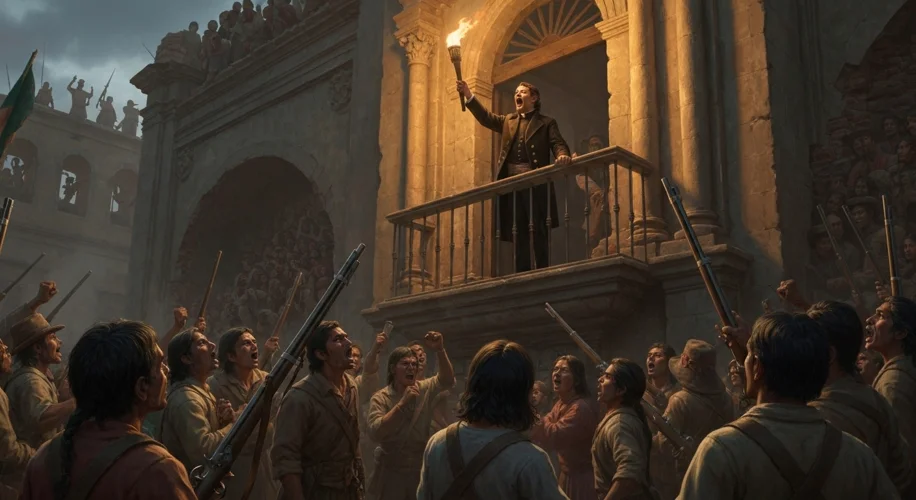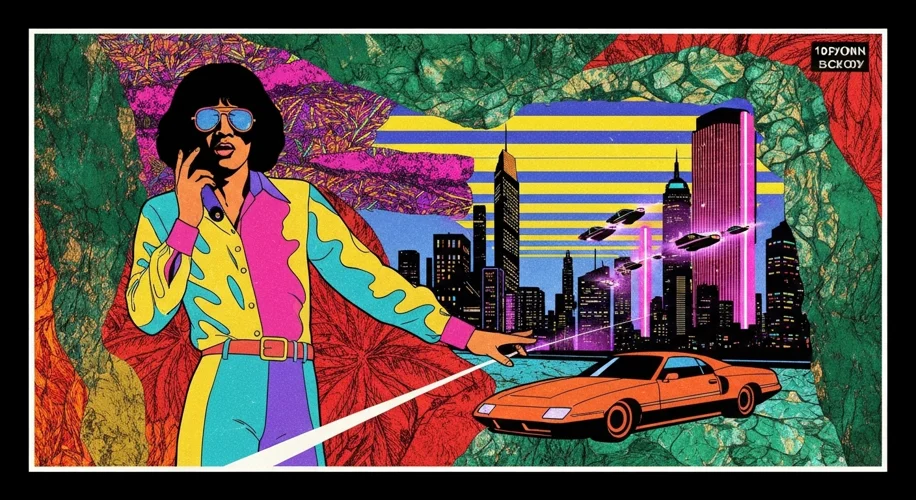The year is 1810. The Viceroyalty of New Spain, a jewel in the Spanish crown for three centuries, seethes with discontent. The air is thick with the scent of revolution, a volatile mix of burgeoning nationalism and the simmering resentment of a people yearning for self-determination. This is the story of Mexico’s tumultuous birth, a saga of courage, betrayal, and the forging of a new nation from the ashes of colonial rule.
For generations, the rigid social hierarchy of New Spain had placed the peninsulares, Spaniards born in Spain, at the apex. Below them were the criollos, those of Spanish descent but born in the Americas, who possessed wealth and education but were denied political power. Further down were the mestizos, of mixed European and Indigenous ancestry, and the vast majority, the Indigenous peoples, whose lands and lives had been irrevocably altered by the conquest.
The intellectual currents of the Enlightenment, coupled with the successful American and French Revolutions, had planted seeds of rebellion. The spark, however, was ignited by the Napoleonic invasion of Spain in 1808, which plunged the mother country into chaos. This created a power vacuum, a moment of vulnerability that the ambitious and frustrated criollos could no longer ignore.
The night of September 15, 1810, in the small town of Dolores, Guanajuato, a criollo priest named Miguel Hidalgo y Costilla, a man of fervent beliefs and a follower of Enlightenment ideals, made a fateful decision. Gathering his parishioners, he issued the “Grito de Dolores” – the Cry of Dolores. It was a call to arms, a defiant denunciation of Spanish misrule and a passionate plea for liberty and justice.

Hidalgo’s cry resonated with a fervor that few could have predicted. His army, a motley collection of peasants, Indigenous warriors, and mestizos, armed with little more than farming tools and sheer determination, surged across the countryside. Their banner, the Virgin of Guadalupe, became a potent symbol of their unified cause, blending religious devotion with nationalistic aspirations.
However, the path to independence was far from smooth. Hidalgo’s initial success was followed by a brutal backlash from royalist forces. The movement, though passionate, lacked military discipline and strategic cohesion. In 1811, Hidalgo was captured and executed, his head displayed as a grim warning to other rebels.
The torch of revolution was then passed to other charismatic leaders, most notably José María Morelos y Pavón, another priest, who brought a more organized and strategic approach to the insurgency. Morelos convened the Congress of Chilpancingo in 1813, where he declared Mexico’s independence and articulated a vision for a new republic. Yet, like Hidalgo, Morelos was eventually captured and executed in 1815.
For years, the fight continued, often in guerilla warfare, with figures like Vicente Guerrero emerging as tenacious leaders. The struggle became a protracted, bloody affair, a testament to the deep-seated desire for freedom.
By the 1820s, the political landscape in Spain had shifted again, with liberal reforms in Spain creating new anxieties among the conservative criollo elite in New Spain. Fearful of losing their privileges and social standing under a more liberal Spanish regime, a conservative faction of criollos, led by Agustín de Iturbide, a former royalist officer, switched allegiances. Iturbide allied with Vicente Guerrero, and in 1821, they proclaimed the Plan of Iguala, which established an independent Mexican Empire with Iturbide as emperor.
This uneasy alliance, however, proved short-lived. The empire quickly devolved into political instability, and Iturbide was overthrown and exiled in 1823. The following year, a federal republic was established, marking the true beginning of the Mexican Republic.
The early republic was a period of immense challenge. Internal divisions, economic instability, and the lingering threat of Spanish reconquest plagued the new nation. Political factions vied for power, leading to frequent coups and a volatile political climate. The vast territory, diverse populations, and the deep wounds of war all presented formidable obstacles to building a cohesive and prosperous state.
Mexico’s struggle for independence was not merely a political upheaval; it was a profound social and cultural transformation. It gave birth to a new national identity, a complex blend of Indigenous, European, and African heritage. The echoes of this fight for freedom continue to shape Mexico to this day, a testament to the enduring spirit of a people who dared to dream of a sovereign future.

